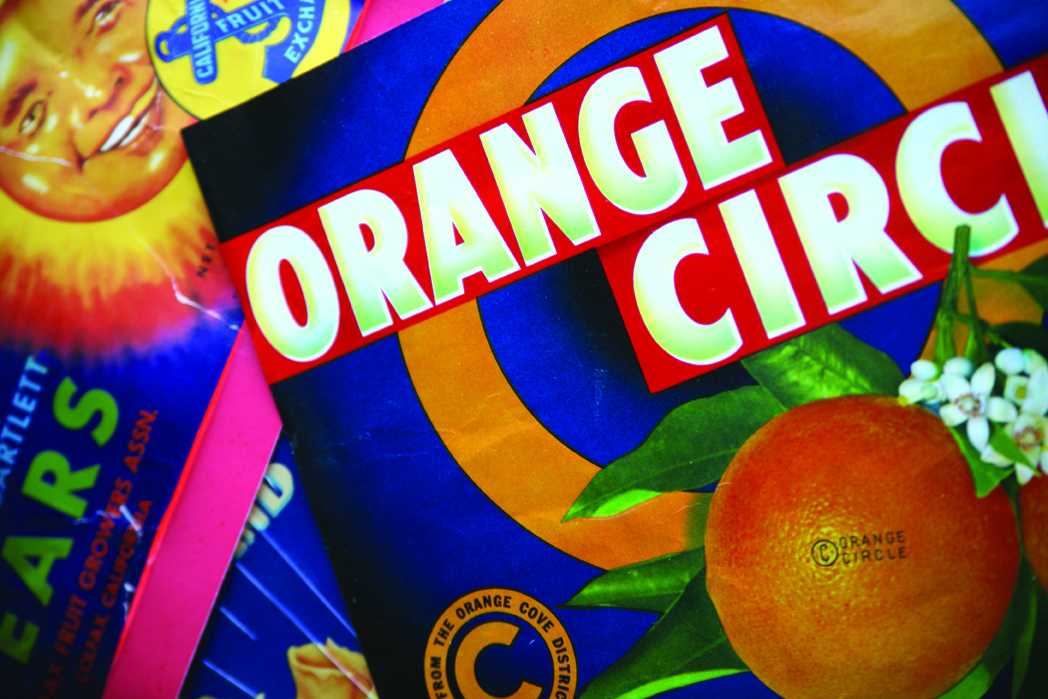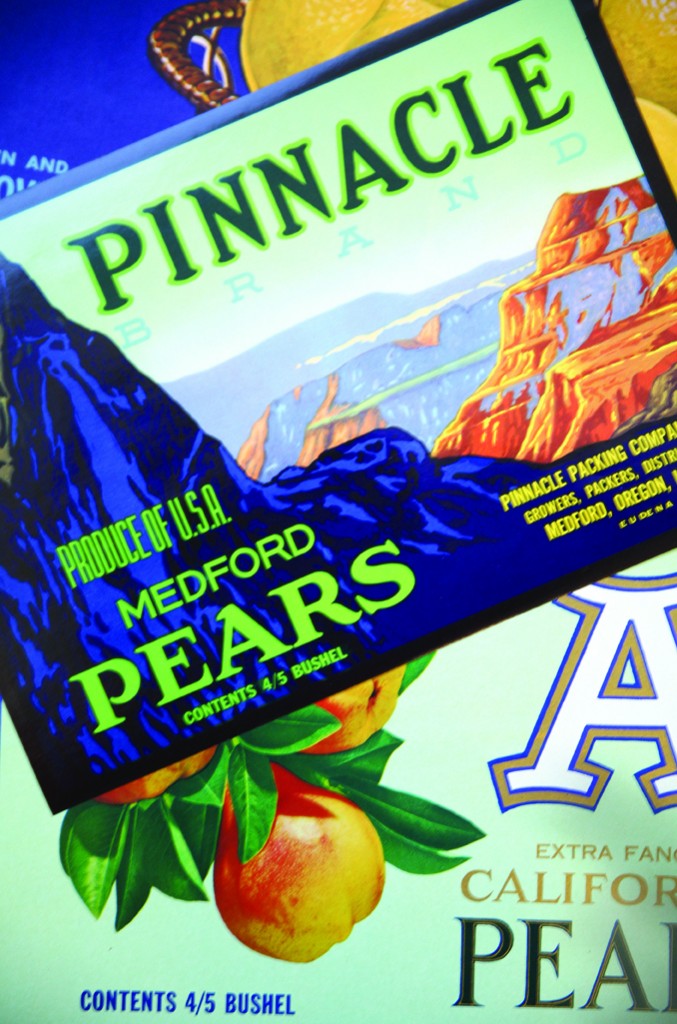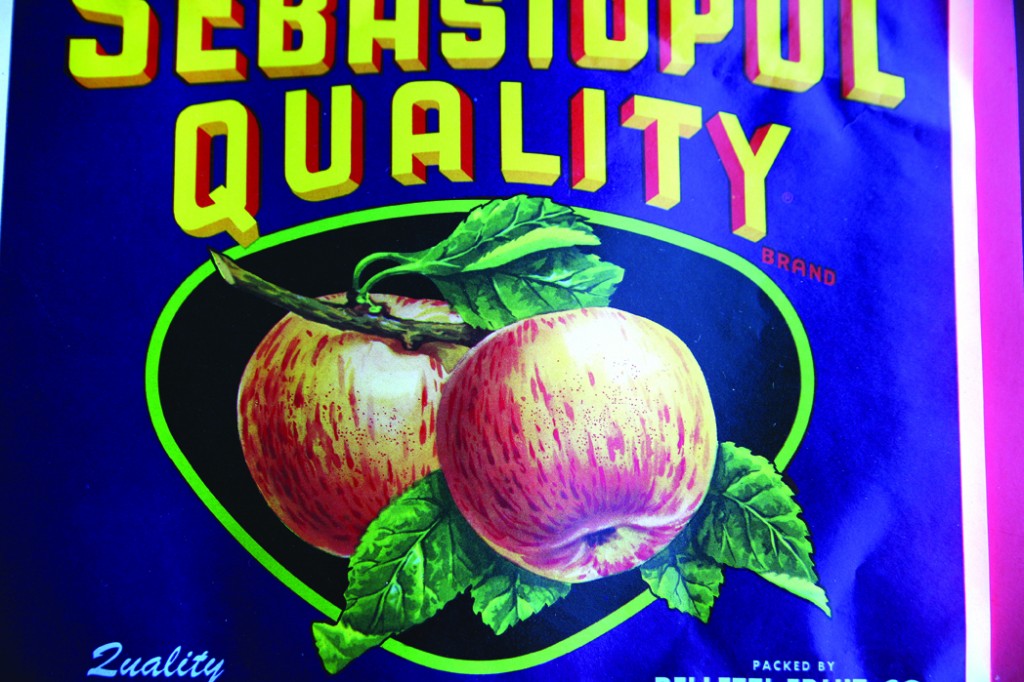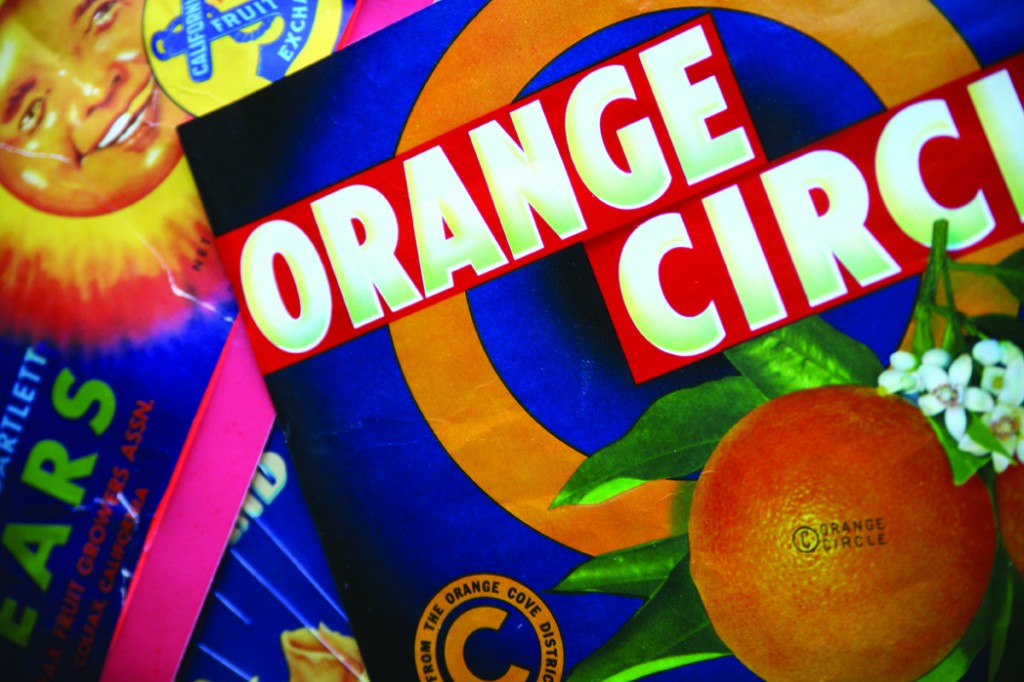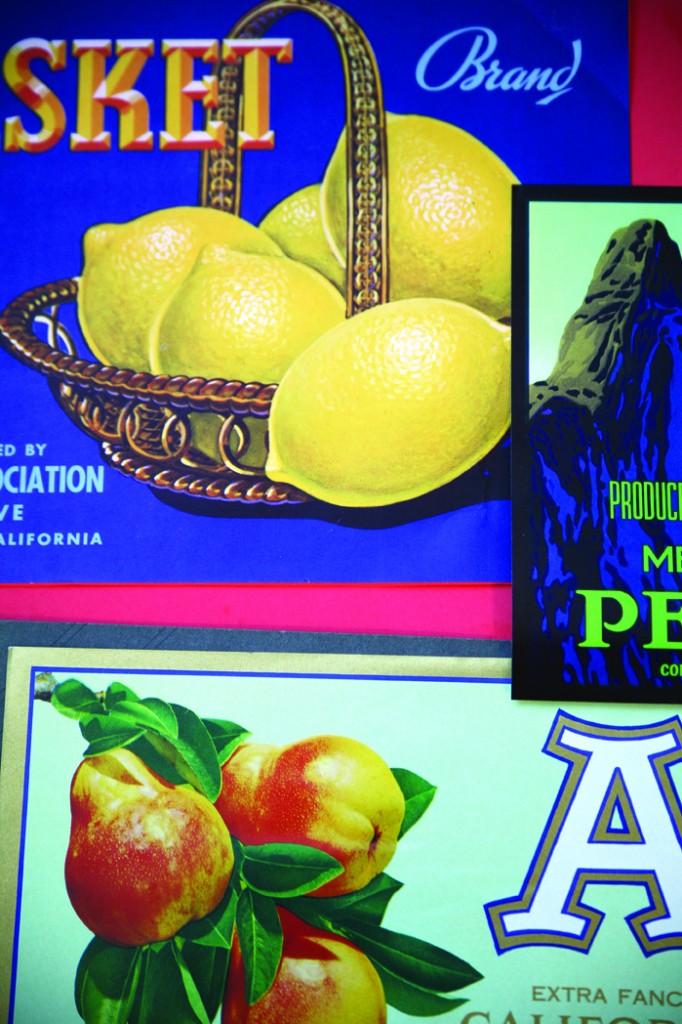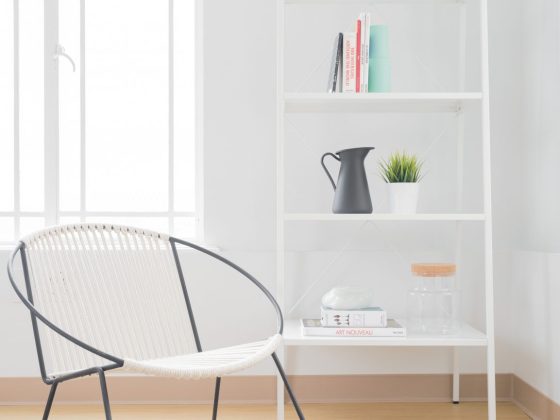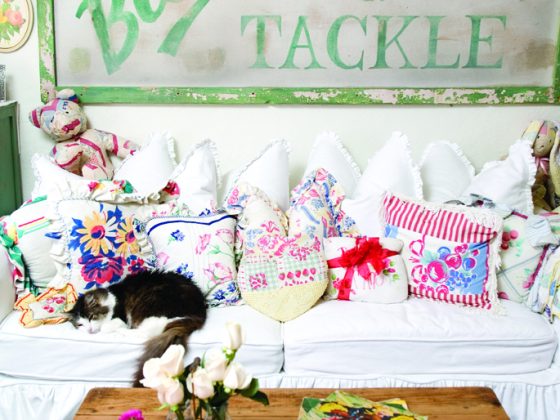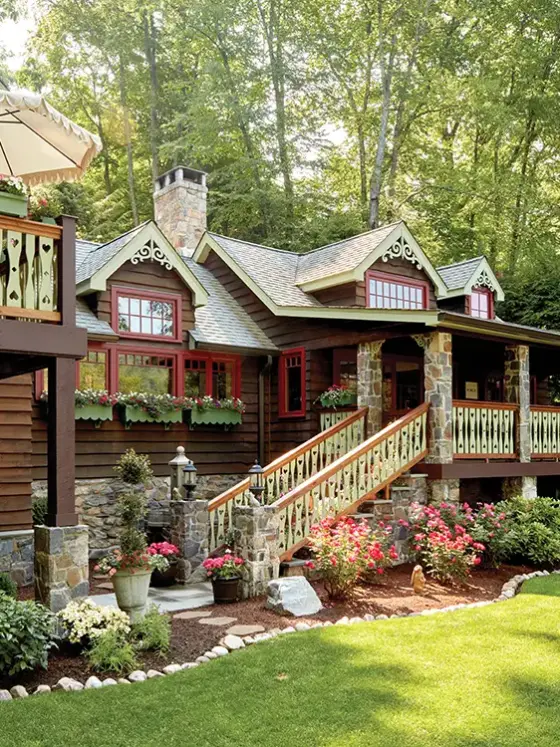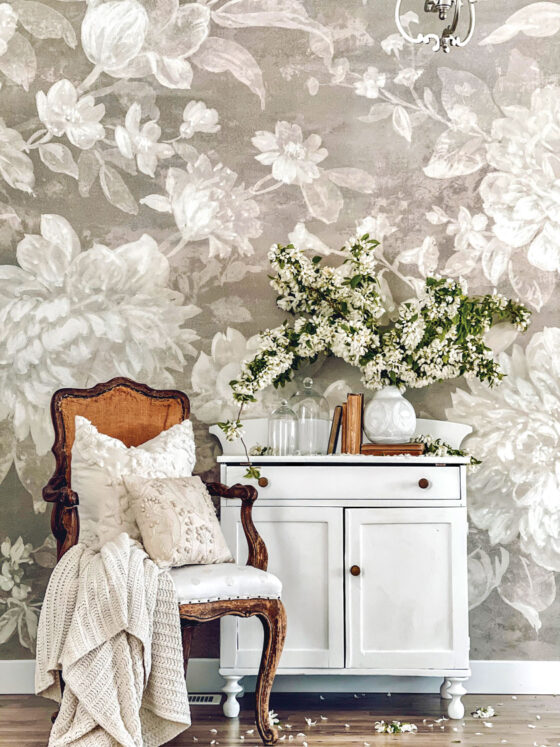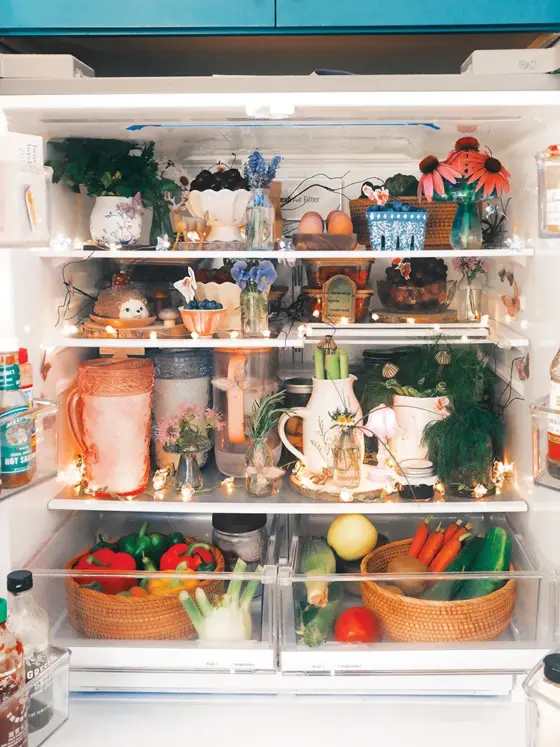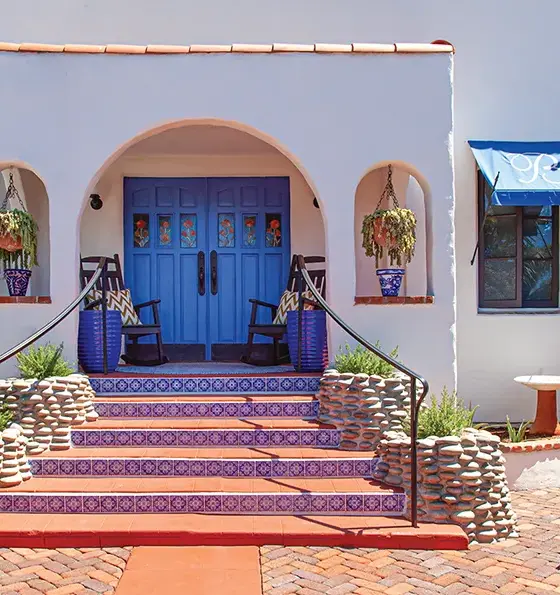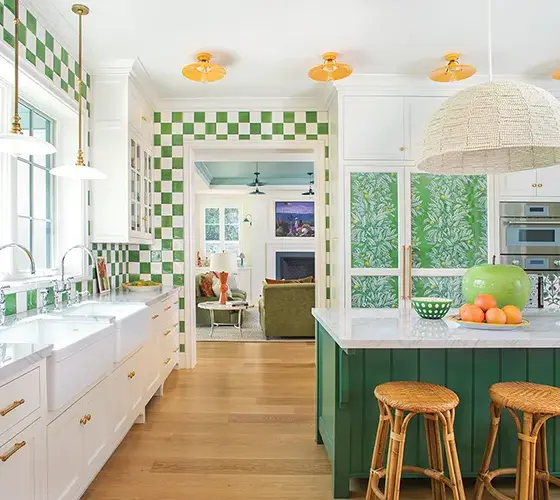Crate labels once served a strictly utilitarian purpose, indicating the contents of a box of fruit or vegetables. Produce packing houses would place the eye-catching signage on the front of the carton so the seller could easily identify and merchandise its contents accordingly. Today, these bold-colored beauties can be found framed on the walls of vintage-styled kitchens as an homage to nature’s bounty and those who toiled the land in a bygone era.
Collecting Fruit Labels
History: Dwayne Rogers, founder of thelabelman.com, says that in 1880 the first rail cars shipped crates of oranges from Southern California to the East Coast. Labels with images of oranges and orange groves were pasted on every fruit crate. They were like looking through a window to sunny California. From 1920 to 1940, labels changed from naturalistic images to ones with marketing appeal, such as the Have One brand that shows a hand offering a piece of fruit. During the 1950s, most produce packers changed from wood crates to preprinted cardboard, eliminating the need for labels. By the latter 1960s, packing houses realized they would never use their leftover stock of labels and often were glad to give them away in bulk. In the late 1960s and early ’70s, people starting marketing labels through mail-order catalogs, flea markets and in West Coast shops. A problem early collectors had was access to the labels; however, Internet commerce has dramatically improved accessibility to label inventories worldwide.
Nostalgic appeal: You may want to collect labels from places where you have lived or traveled.
Collectability factors: Rogers says graphics and color are the main factors. Prior to the 1930s color printing was rare, making pre-1930 colorful labels even more special. He says green seems to be the most popular color; blue follows, but has an advantage since it was the most used color on labels. (The industry had a color code, and blue was the highest grade, followed by red.) Southern California orange labels seem to have the highest value, followed closely by Florida citrus. Another reason for their popularity, Rogers says, is their historic value. Industries such as Southern California oranges, New England cranberries and Washington apples have histories dating back more than 100 years, and these labels are colorful artifacts from the industry.
Price: Generally, prices for crate labels start at a few cents to $50 each, Rogers says.
Decorating with Fruit-Crate Labels
Here are some of Dwayne Rogers’ tips on how to display crate labels.
- When selecting crate labels, people often chose a theme, such as animals, orchards, locations or colors. If you are like me, just pick the ones you like.
- The labels should be treated as antique prints. Beware of direct sunlight and exposure to moisture when displaying them. Also, using acid-free products is advised.
- If you decide to take the labels to a custom framer, spend some time to pick out mat colors. A mat’s color will bring out different effects. Pick a mat color similar to an element in the label to draw attention to it. Try four or five colors that are in the label to see which effect you like best. Black or neutral mats always work. By using a mat, you are able to use standard frames to cut down on cost. Many labels have their own ornate border, so try not to cover that with the mat. If you have a frame and just get a mat, you can use stamp hinges to hold the label in place. I’ve also used a touch of glue, but take care not to use too much. Copper tape is also popular and inexpensive.
- Another option is using a black or wood frame with no mat. People also paste labels on wood, but I wouldn’t recommend doing that with a rare label. For pasting labels on wood. I’ve used a water-based paste, but check with a craft store first. For long, narrow labels, you can fit two labels in a standard 11 x 14-inch frame. Also, a poster frame showcasing a group of labels is a nice treatment.
Reprinted with permission from Dwayne Rogers, founder of thelabelman.com.

